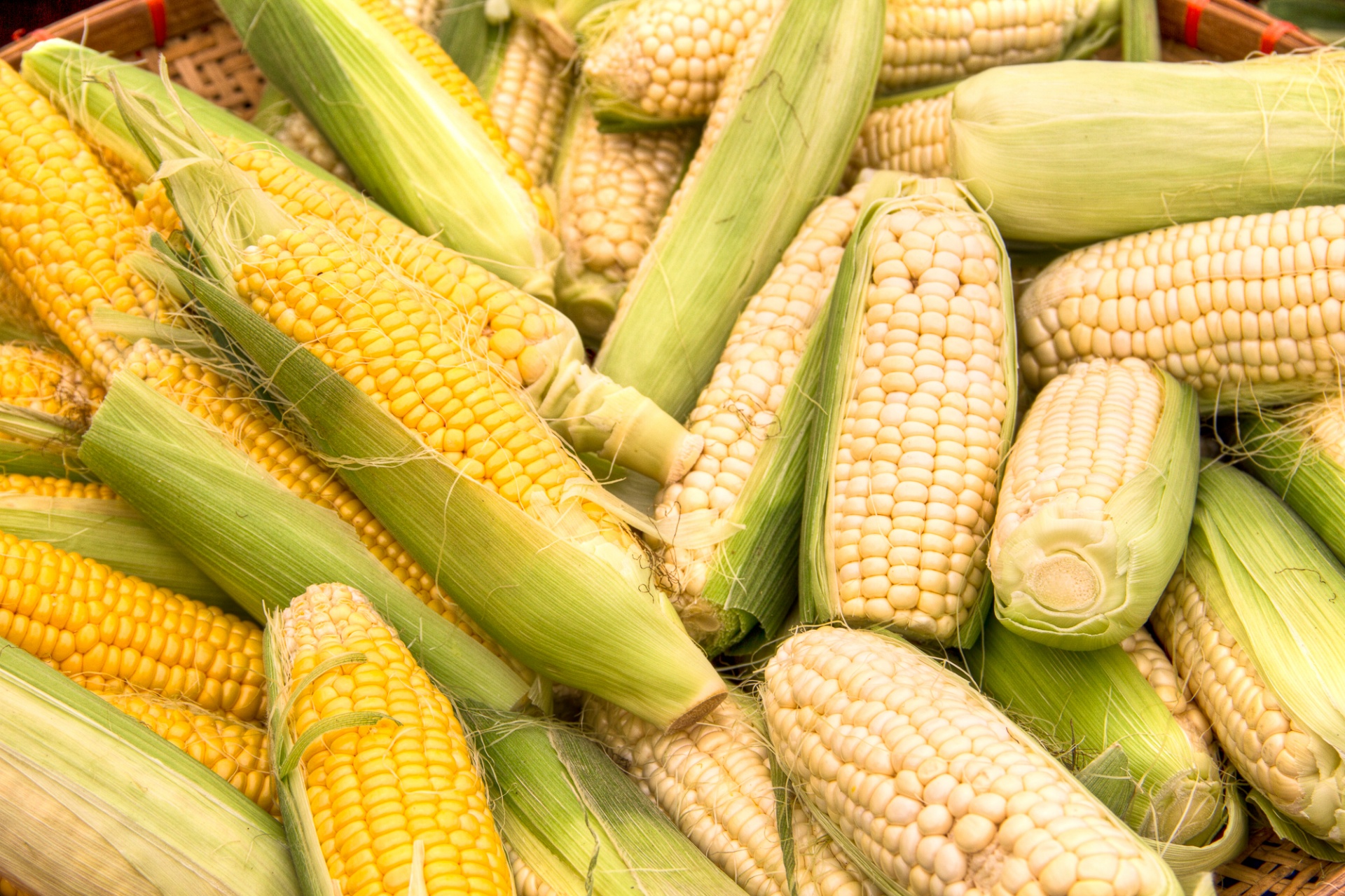Most apples are ready to pick when they separate easily from the tree. Lift gently and rotate the apple upwards to avoid damaging the spur (in layman's terms, we call it the stem.)
If you're second guessing yourself, cut an apple open and inspect the seed color. When the seeds are dark brown, the apples are ready. Although as we all know, taste is the best indicator. Note that if you're judging ripeness by it's skin color, cool weather or low light (as in foggy weather) can affect coloring. If you're harvesting apple for root cellar storage, pick them when firm.
To enjoy a range of varieties you don't normally see in store, and could possibly catch on our Bareroot Fruit Tree Availability List from Dave Wilson Nursery, visit us in the month of October and try our freshly harvest apples from Sebastopol-based Hale's Apple Farm! Stop in to try all our available varieties (there's quite a few!) and join us for Harvest Festival fun every weekend in October!
Now onto pear harvesting:
European pears (such as Anjou, Bosc, Comice, and Bartlett) ripen best off the tree. Beware, they can taste mealy if allowed to ripen on the tree. Wait until they are the correct size for the variety, then lift the fruit upward without twisting (a Bartlett may need a slight twist). If the fruit slips from the stem, it’s ready, if not, wait a few days and try again.
Fun fact: We were originally a pear orchard, hence our name "Orchard Nursery!" As an ode to our beginnings, we have an espalier pear tree planted in the front of our shop, to your right as you enter. Read more about our history (been here since 1946!) here!
Lookout for our Bareroot Fruit Tree Availability List in fall where you can special order varieties and receive a 20% off discount with orders placed before December 1st!


















